Fertilizers are an important factor in plant growth. Fertilizers are of two types, organic and synthetic. Sometimes people think that plants only need fertilizers when they are deficient in some nutrient. “Do Indoor Plants Need Fertilizers?” is the question everyone who owns plants asks. So to know the answer, you will have to read this article.
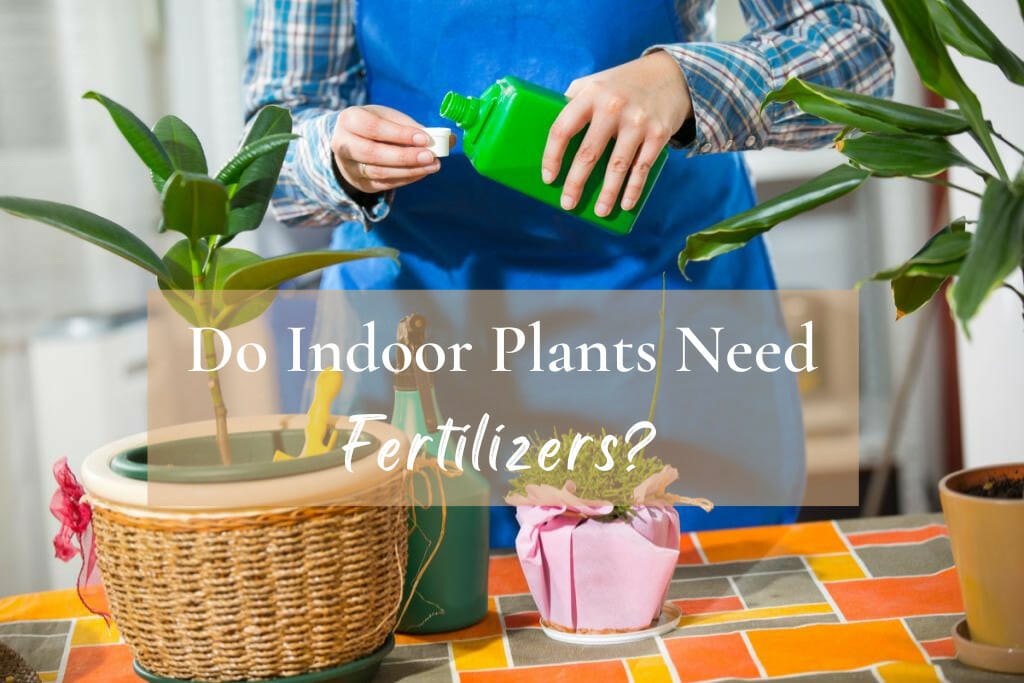
1. Why do Plants Need Fertilizers?
Plants need fertilizers to show optimal growth, and if there is any plant deficiency, it gets cleared. Plants need nutrients, and fertilizers compensate for them when they aren’t easily available. Fertilizers make the soil fertile and protect plants from insects and pests.
1.1. Components Of Fertilizers
A fertilizer is mainly composed of two components: Macronutrients and Micronutrients. Macronutrients include Nitrogen, Phosphorus, and Potassium. They are an essential part of the plant and fertilizers. Whereas, Micronutrients include zinc, magnesium, boron, iron, etc.
2. Do Indoor Plants Need Fertilizers?
There is a huge misconception that indoor plants do not need fertilizers, but that’s not true. Indoor plants need it just as much as outdoor plants. They get all the essential nutrients like nitrogen, phosphorus, and potassium. Giving fertilizers to plants in their growing season greatly affects plant growth.
2.1. Benefits Of Fertilizing Indoor Plants
There are many benefits of fertilizing indoor plants. Some of them are:
- Indoor plants are deficient in micronutrients. So fertilizer gives them those nutrients to survive.
- The use of fertilizers on indoor plants also keeps pests away.
- Regular use of fertilizers also builds up the number of macronutrients in plants, and that’s how the growth in plants increases.
3. Types Of Fertilizers
Many types of fertilizers are available based on their forms. Some of the types are explained below:
3.1. Liquid Fertilizer
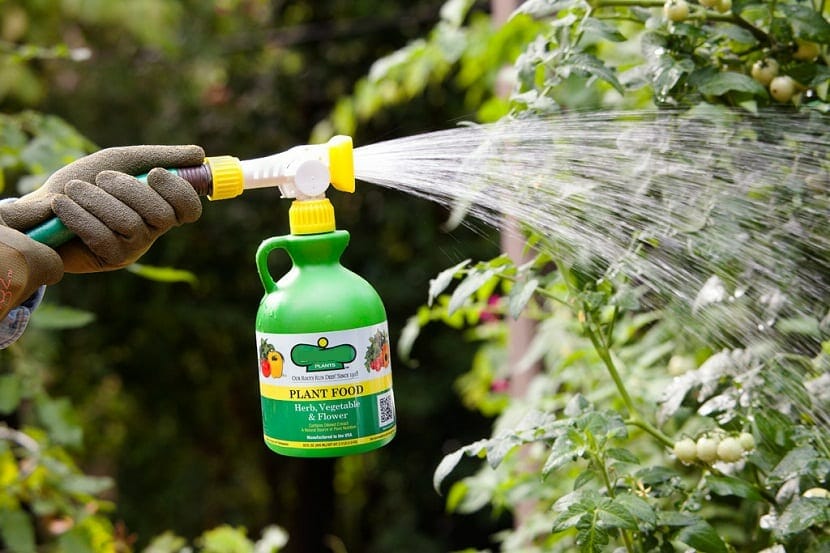
These fertilizers are the concentrated liquid forms of nutrients nitrogen, phosphorus, and potassium. These fertilizers also include pesticides, fungicides, and weedkillers. You have to spray them on plants whenever you feel like the plant needs them.
3.2. Slow Release Fertilizer

This type of fertilizer is found in solid form, which you have to put into the soil so it can do its work. These fertilizers slowly release the nutrients so the plant can get them over time. Most of the time, slow-release fertilizers have a coat of resin or polymer that breaks down when exposed to sunlight, water, or heat.
3.3. Granular Fertilizer

Granular fertilizer, mostly known as dry fertilizer, is available in granular form, which you must put into the plant’s soil. Like slow-release fertilizer, granular fertilizer decomposes into the plant’s soil slowly and gives all the nutrients it needs.
3.4. Homemade Fertilizers
You can make homemade fertilizers for indoor plants by using mundane ingredients in your kitchen. Following are some tips for making homemade fertilizers:
- Crushed Eggshells
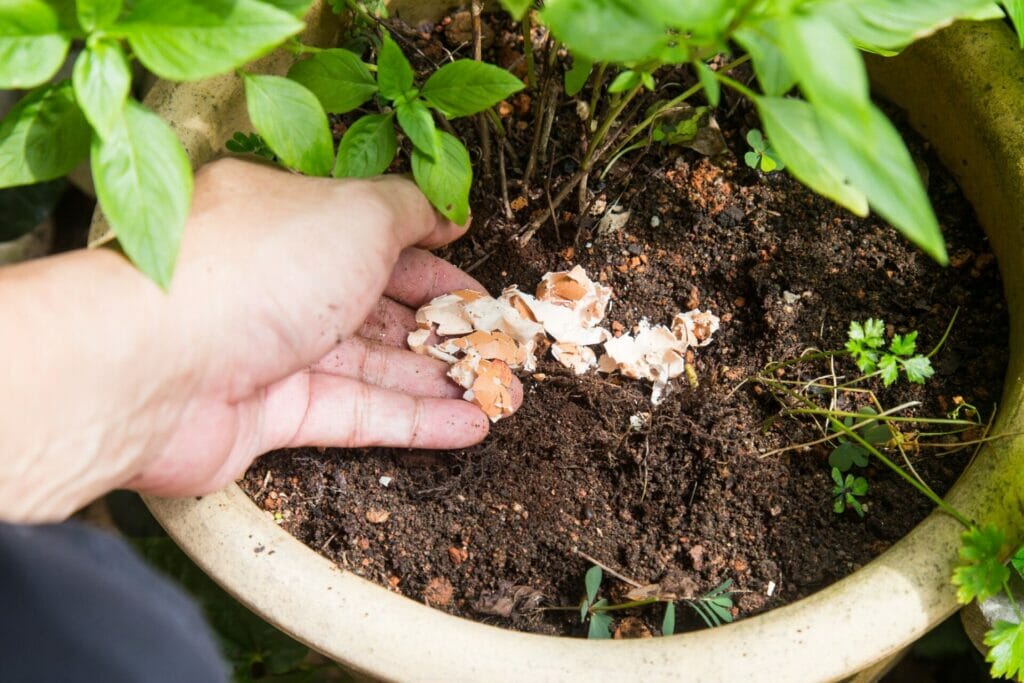
You can make your homemaker fertilizer with crushed eggshells. Egg shells are high in calcium carbonate, which is important for the plant’s cell walls. Their best use is for lowering acidity in the soil and adding calcium. Eggshells also contain phosphorus, potassium, and magnesium, which help the plant grow. You can use eggshells as fertilizer for your plant in the following way:
- Wash the eggshells and dry them before crushing them using a rolling pin or food processor. Crush them until they have turned into a fine powder. Use this powder on the soil and flower beds, especially in the indoor plant potting mix.
- Another method to use eggshells as fertilizer is by boiling the eggshells in water. When they are boiled, let the mixture sit overnight and then use it in the morning for your plants as liquid calcium.
- Banana Peels
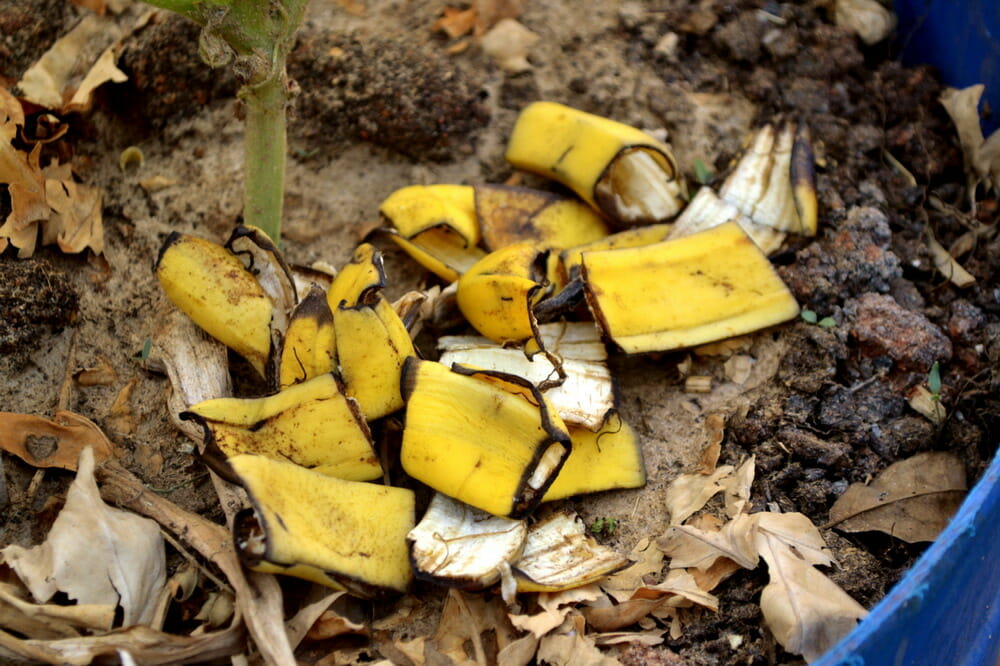
We all know bananas are rich in potassium and peels even more so. You can use banana peel as a fertilizer in many ways. Let’s take a look at some of them:
- Wet the banana peels under the water and then use a food processor to make a paste out of them. You can then put this paste into the soil.
- Another method is to make a fertilizer tea by using banana peels. Take some banana peels and soak them in the water for one night. Then stir the water, so no amount of banana peel is in it. Put the water in a spray bottle. Spray this tea on the base of plants every day. It is best for killing pests and also helps in the growth of plants.
- You can also try to throw banana peels directly into the soil. It is better to chop them off because smaller pieces decompose quickly.
- Used Coffee Ground

Used Coffee Grounds Fertilizer is best for indoor plants because they are full of nitrogen, which is essential for plant growth. It also adds organic materials to the soil; many people believe that coffee grounds also lower the level of acidity in the soil. Coffee grounds also keep slugs and snails away from the plant.
- You can add coffee beans to the compost bin and use this compost for plants. You can also use used coffee grounds directly into the soil. They will decompose on their own.
- Another method is to make fertilizer tea. For this, you have to soak some coffee grounds in the water overnight. In the morning, strain the water and use it as a liquid fertilizer. You can directly spray it on the stems and leaves of plants.
4. Do’s And Don’ts Of Giving Fertilizers To Indoor Plants
Indoor Plants need extra care, and you shouldn’t give them fertilizers before knowing properly if they need it or not. Most plants only need 50% of diluted fertilizers, which also have micronutrients in them. Succulents and other plants which do not grow rapidly only need fertilizers once a month. A plant’s need for fertilizer depends on the rate of plant growth and the climate it is in. All you need is the right type and amount of fertilizer for a plant. Before fertilizing a plant, read the instructions on the pack on the amount of fertilizer you need to give the plants.
You need to follow some of the things mentioned below when you are giving fertilizers to the plant:
4.1. Fertilize The Indoor Plants In Growing Season
It is best to fertilize the houseplants in the growing season. This season is at the start of summer and in spring. You can fertilize the plants bi-weekly or monthly according to their requirements.
4.2. Use Diluted Fertilizer
Always use diluted fertilizer for indoor plants. It is better to under-fertilize the plants than over-fertilizing them.
4.3. Fertilizer Should Have Micronutrients
You must use fertilizers that also have micronutrients in them. Indoor plants are always deficient in micronutrients, so you should know that they need them just as much as macronutrients.
There are also some things that you have to avoid while fertilizing the plants:
4.4. Over Fertilization
Some people tend to think that overfertilizing their plants will help them grow faster. This is far from the truth because over-fertilization can cause over-toxicity and result in the death of plants.
4.5. Under Fertilization
As opposed to over-fertilization, under-fertilization can also cause many problems in the plant. It can result in nutritional deficiencies in the plant and make them look weak.
5. Recommended Products:
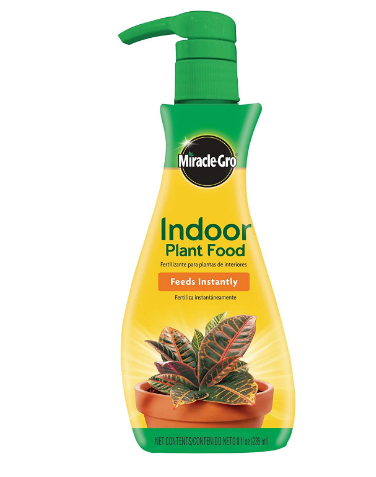
Miracle Grow Liquid Fertilizer
- Best for plants and edibles too.
- Instantly starts working.
- You can apply it directly to the soil or mix it with water.
- You can use it once a week.
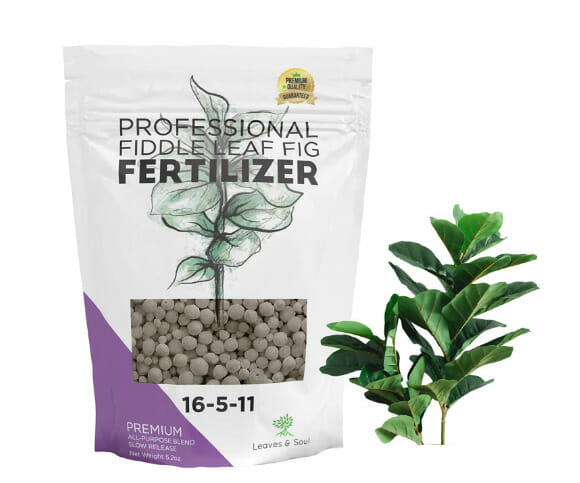
- Best for fiddle leaves and other indoor plants
- It has a 16-5-11 scale.
- Due to its slow-release quality, you can fertilize the plant every 180 days.
- Best for seedlings and mature plants.
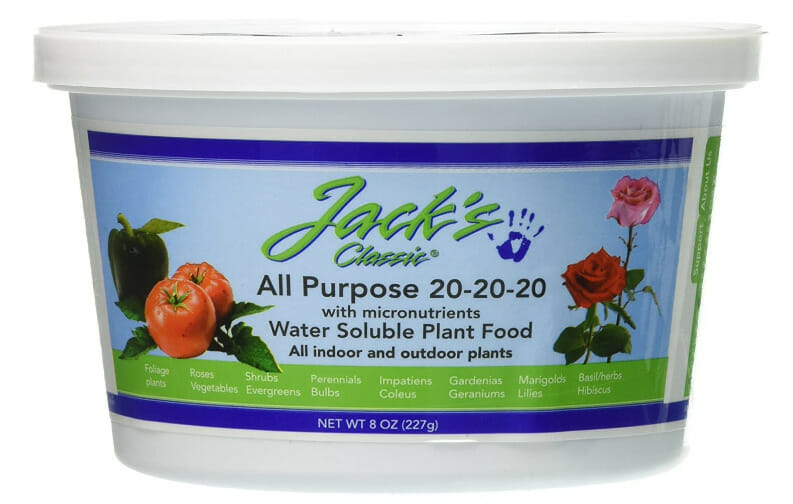
JR Peters All Purpose Fertilizer
- It has The highest safety factor so the plants don’t burn when it is applied directly
- A measuring spoon available in the package
- provides optimal nutrition, which helps in the healthy growth of plants
- Assembly isn’t required
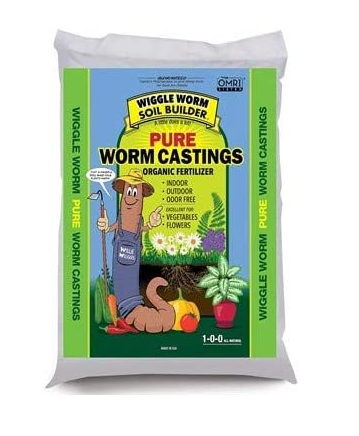
- It helps in the healthy and fast growth of plants
- It’s a slow-release fertilizer.
- Best for indoor as well as outdoor plants
- Rich in macro and micronutrients
6. Final Words
No matter how much you take care of the plant, it is important to fertilize it according to its requirements. Now that you know the significance of fertilizing indoor plants, you can buy the fertilizers or try to use homemade ones. You will clearly see the difference in plant growth.
